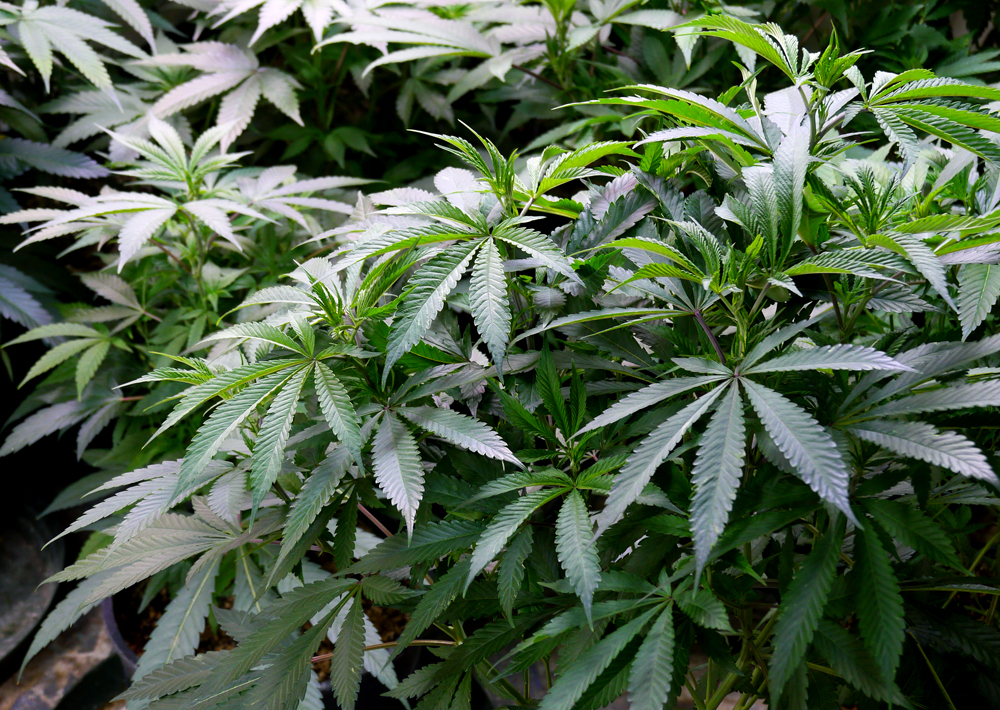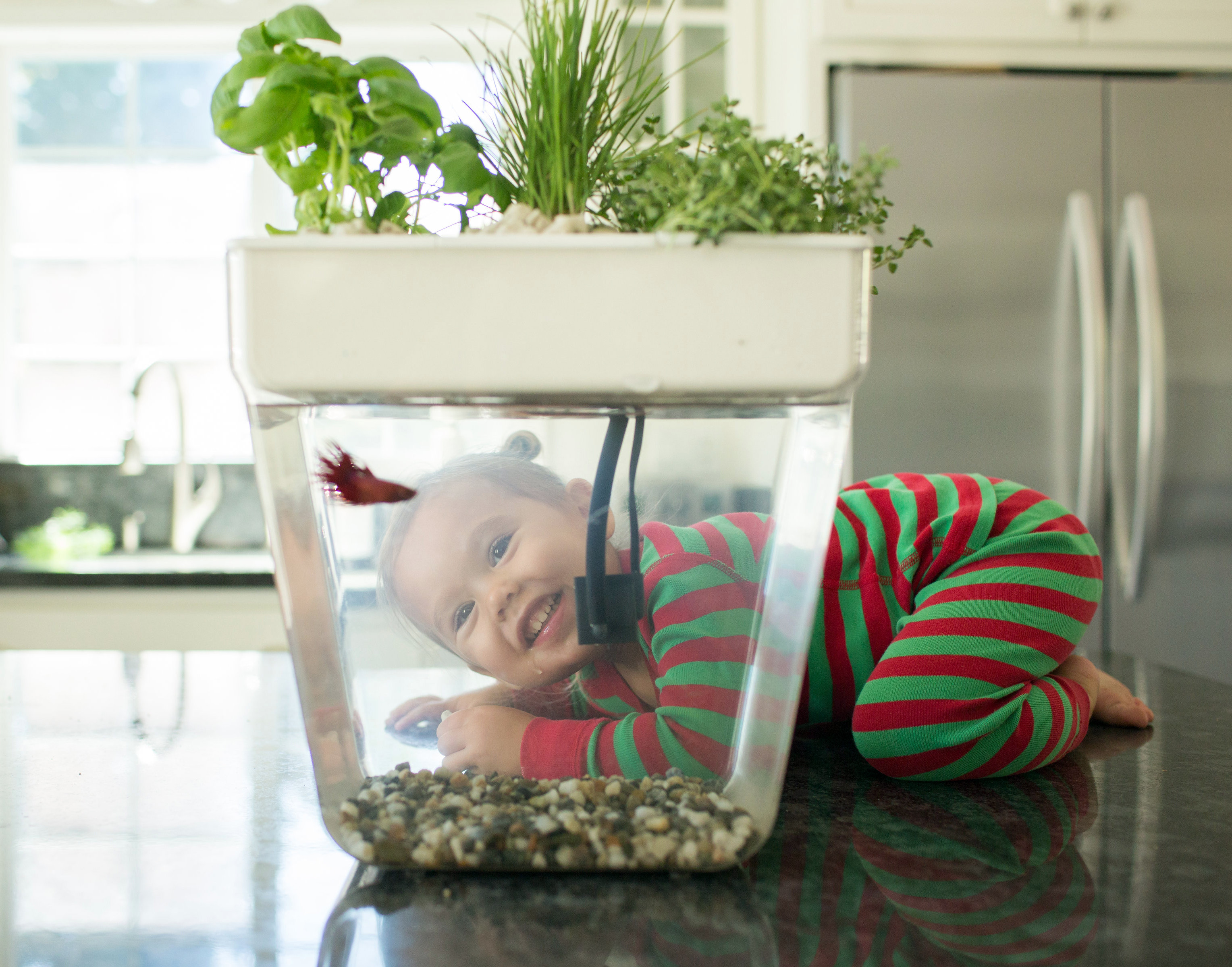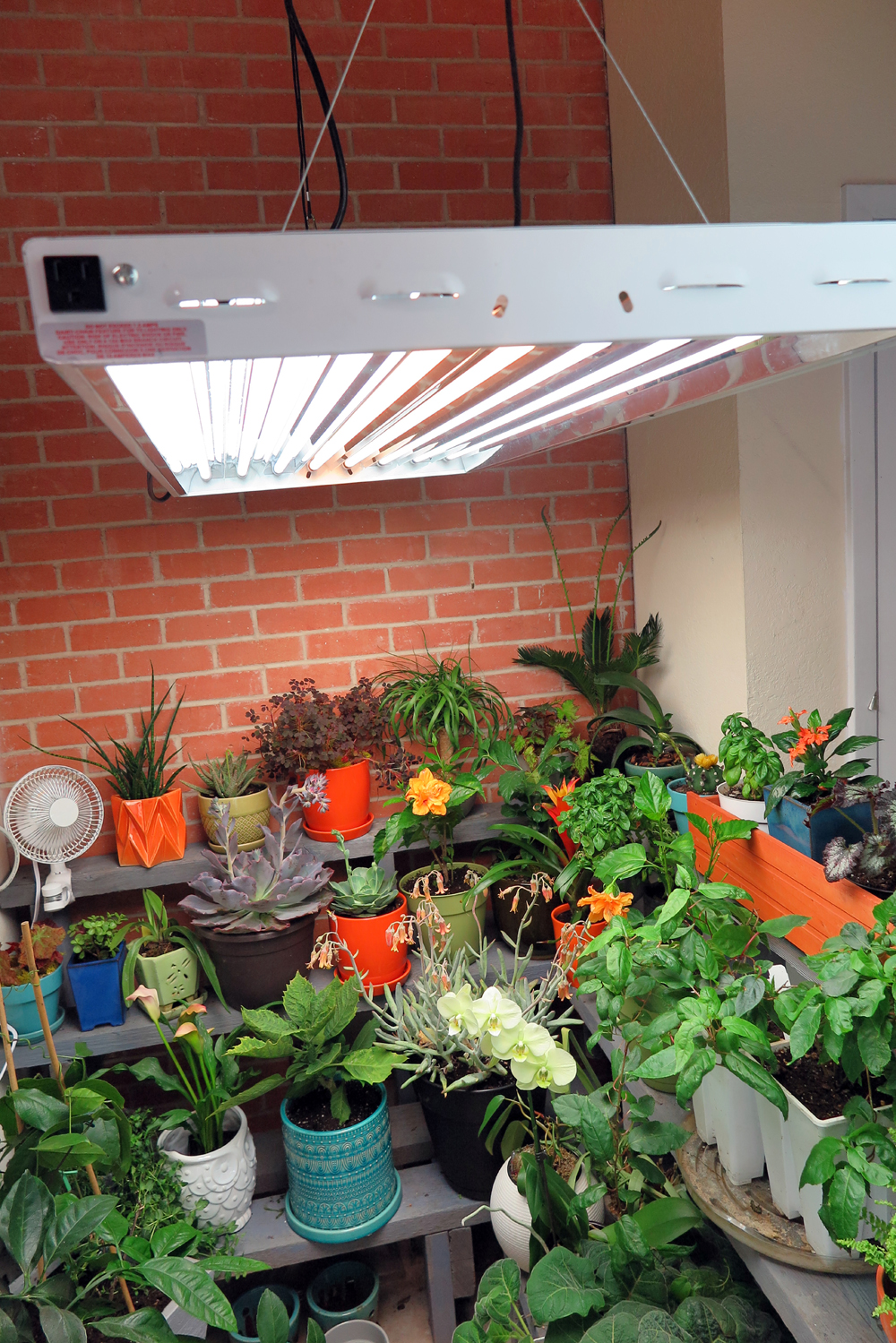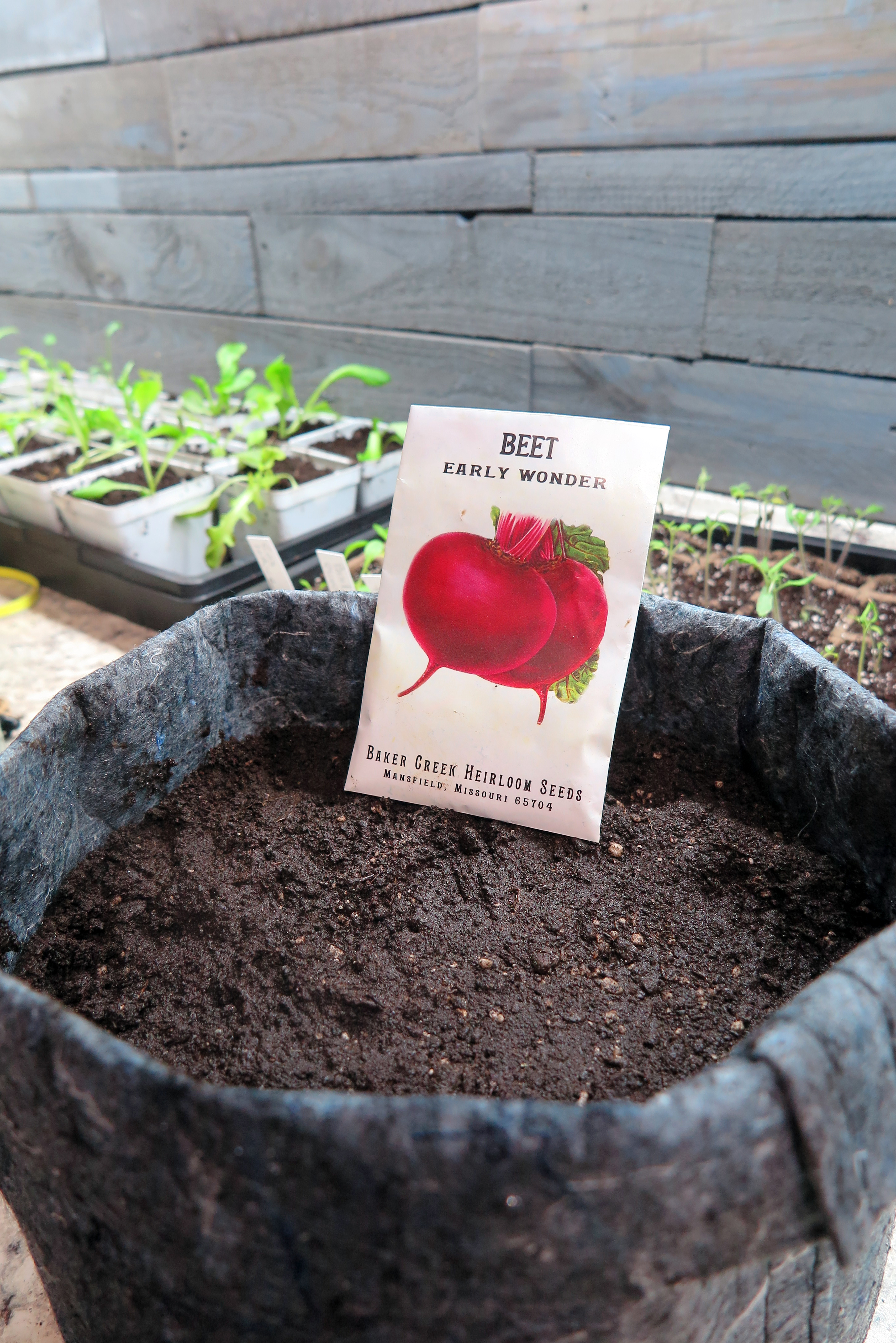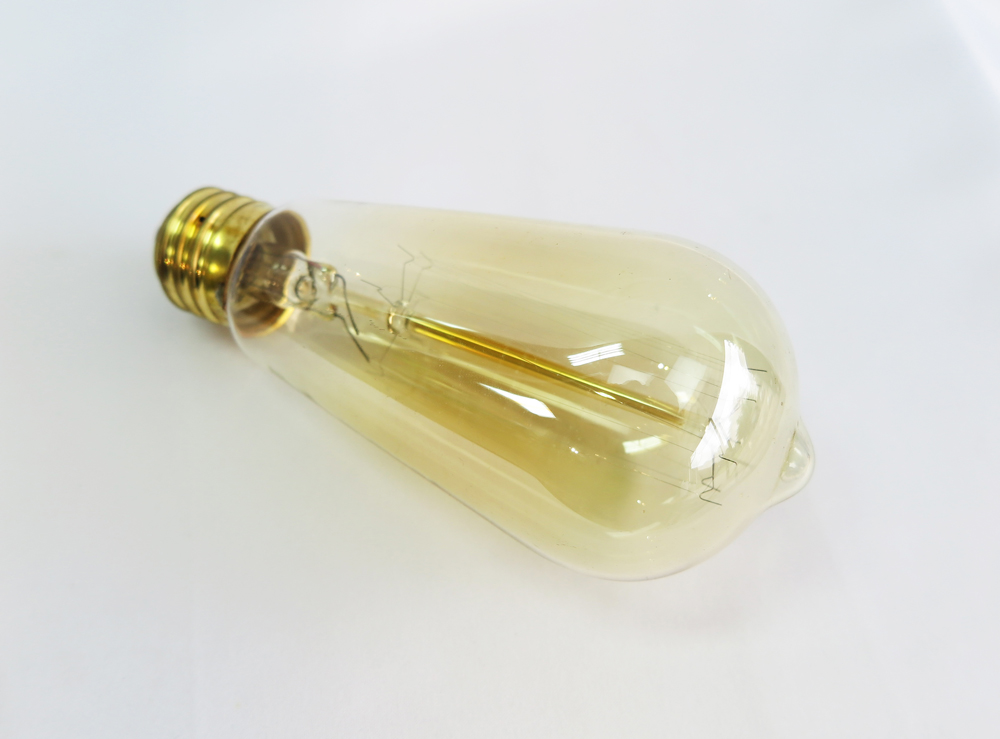Measure Light from Your Grow Lights
January 18, 2019
To measure light for growing accurately, buy a calibrated PAR quantum flux meter, which is a light sensor connected to a light meter. Botanists and horticulturalists use these tools, which measure the spectral region between 400 and 700 nm, to obtain the incident PPF your lamp delivers each second.
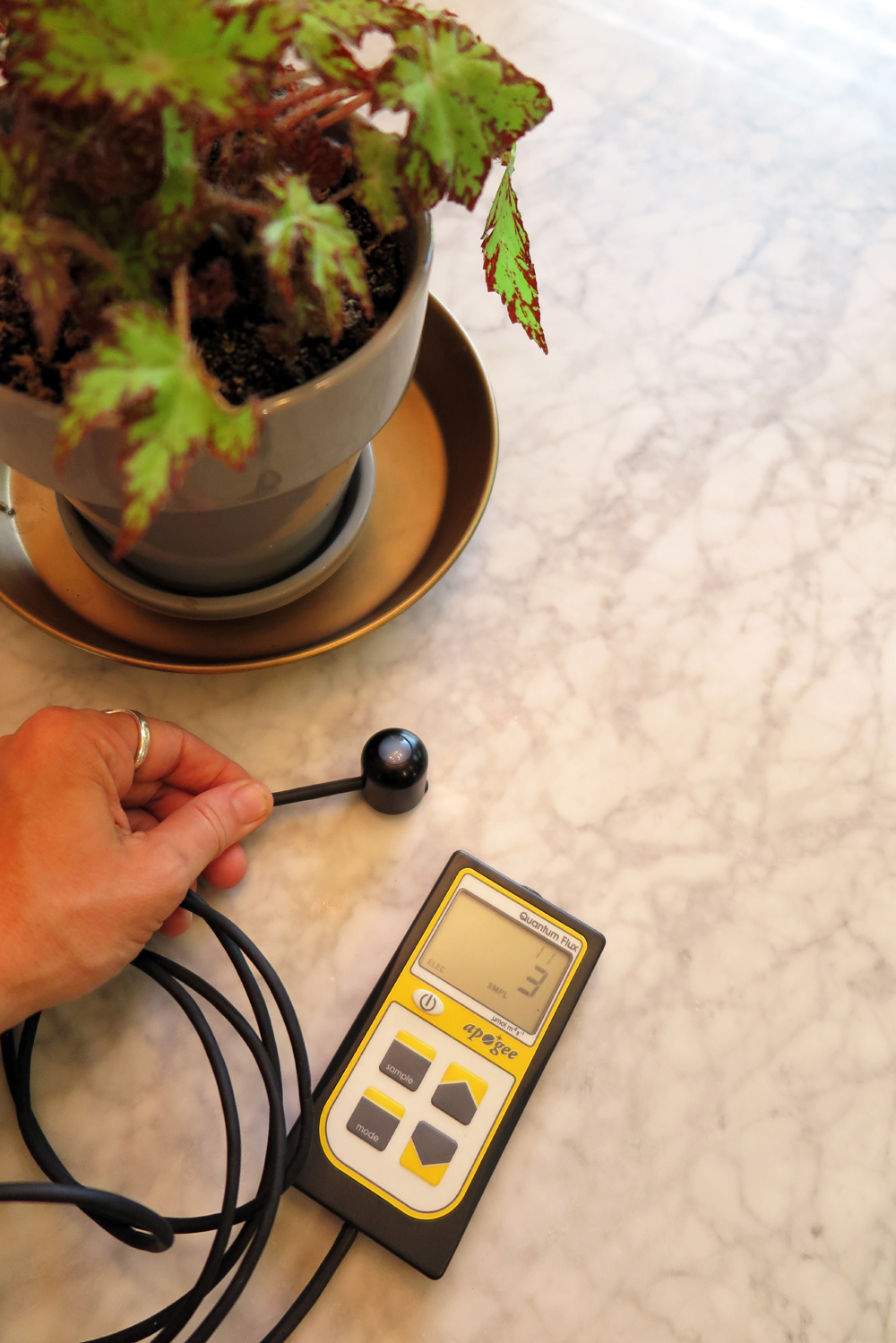
If you thought that window was bright enough, think again. This poor begonia won’t last long. There’s barely enough light here for any plant to survive long term.
PC: Leslie F. Halleck
Newer meters are specially calibrated for the wider nanometer range commonly emitted by LEDs. Good quantum meters are not cheap, but if you’re interested in high yields they are an excellent investment.


